Knowing what to do when you encounter a large animal on or near the roadway can be a life-saver. Keeping calm and driving smart improve your chances of avoiding a collision and staying safe on the road.
Deer mating season can be a dangerous time for drivers, deer and car hoods. According to the Insurance Information Institute, 1.6 million deer-vehicle collisions occur each year, resulting in 200 fatalities, tens of thousands of injuries and over $3.6 billion in vehicle damage. Being prepared can help prevent you from adding to these statistics.
6 Ways To Avoid Hitting A Deer
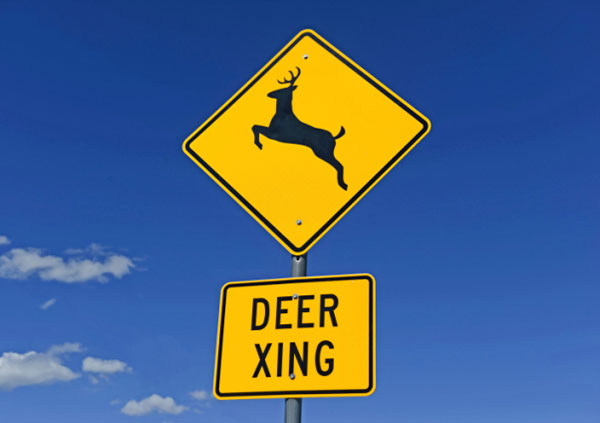 1. Watch for the rest of the gang.
1. Watch for the rest of the gang.
Deer are pack animals, and rarely travel alone. If a deer crosses in front of you, chances are there are more nearby. Slow down and keep an eye out for more deer darting across the road.
2. Timing is everything.
Deer are most active at dusk and dawn: periods when your vision is most compromised. To add to their terrible timing, deer are on the move during mating season (between October and January) when you’re more likely to travel after the sun sets. Slow down and stay alert, especially after dark.
3. Use your headlights.
First, look for the road signs. The yellow diamonds with the deer on it are placed in high-traffic areas for deer. You may also spot a deer because their eyes will brightly reflect a car’s headlights, making them easier to spot.
4. Stay center.
On a multi-lane road, the center lane is your safest bet for avoiding a deer collision, as long as your local traffic laws permit it. This gives deer plenty of space; and in case your vehicle does startle them, it gives you more time to react if one darts onto the road.
5. Brake, don’t swerve.
If you see a deer, brake firmly and calmly, and stay in your lane. Swerving could make you lose control of your vehicle and turn a bad situation much worse. Not to mention, deer are unpredictable, and you could swerve directly into their changed path.
6. Honk!
Some experts recommend that one long blast of the horn will scare deer out of the road. Do not rely on hood whistles or other devices designed to scare off deer—studies have shown them to be largely ineffective at minimizing accidents.
What To Do If You Hit A Deer
If the above plan fails (and it happens to the best drivers), you should take the following steps in the deer collision aftermath.
- Pull to the side of the road as soon as it is safe to do so.
- Turn on your hazard lights and remain in the vehicle until you are sure it is safe.
- Call emergency services if injuries are involved or the local police for property damage.
- Stay away from the deer. If it is still alive, it could be confused, injured and dangerous if approached. When contacting the authorities, let them know if the deer is in a dangerous spot on the road so that it can be removed.
- Contact GEICO as quickly as possible to report any damage to your vehicle.
Make sure you have comprehensive coverage included in your auto insurance in the event of an animal accident. Get a free online car insurance quote and see how much you could save with GEICO!
Need to report an accident? Click here.
By Nathan Erb

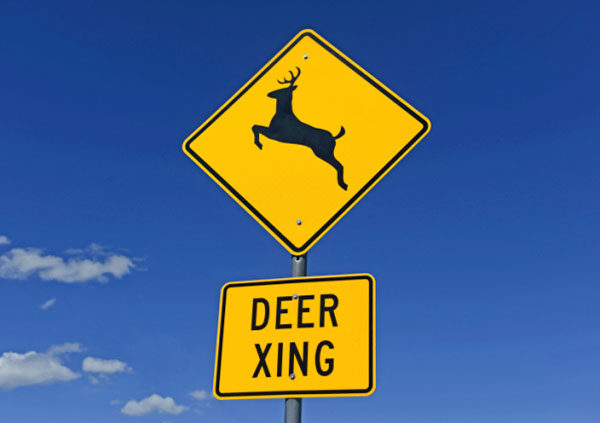


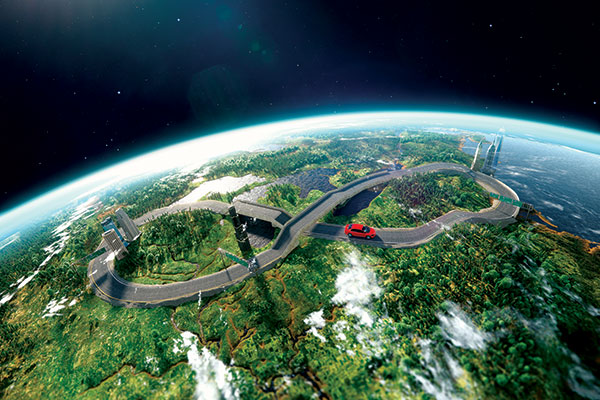
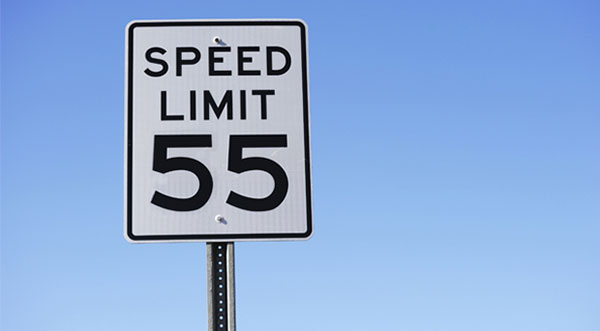
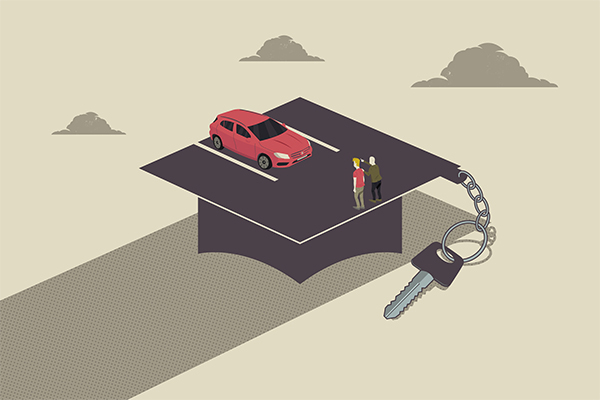
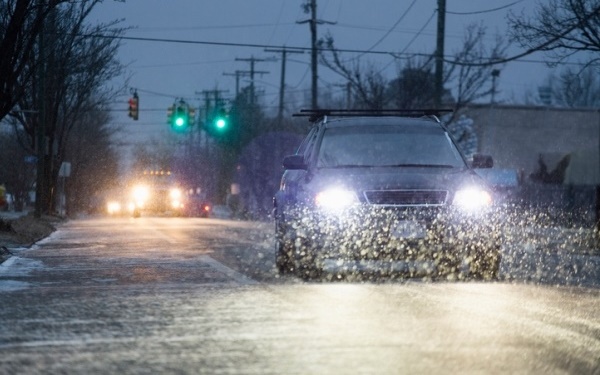
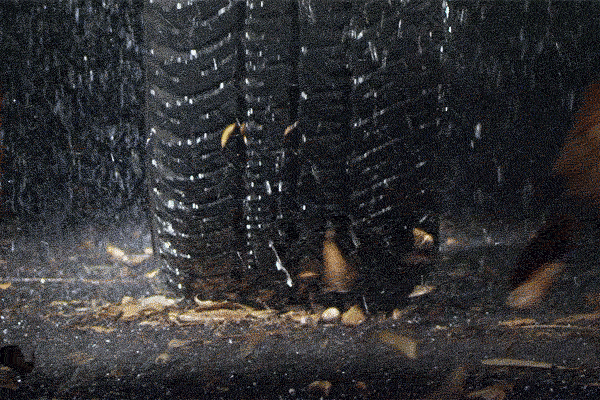
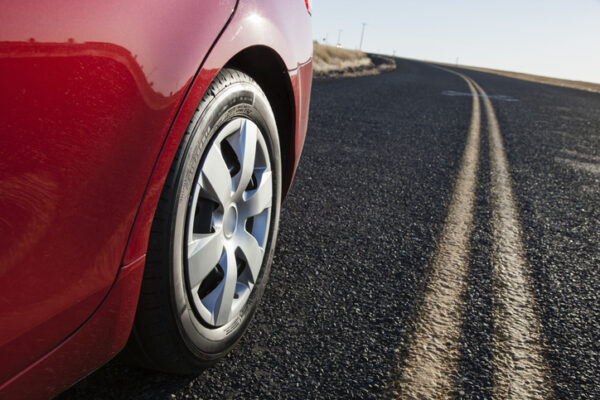
Kyle says,
Drive slower at night especially when wooded areas are at the roads edge use you’re brights when you can most important factor is speed slow down at night and always expect the unexpected don’t get comfortable!
Holly says,
My friend- he have a line coverage of Geico. The type he bought this insuarance would paid money when he hit any car. But today, after working, he drove his car and hit a deer crossing a road immediatelly and his car was broke in front off. In this case, this Insuarance pay money for repairing his car or not?
Editor says,
Hi Holly,
We cannot advise of individual policy coverage on this forum. Your friend can contact us at 1-800-947-AUTO (2886) to speak to a licensed agent who can advise of what is covered under his policy.
Thanks and have a great day!
Angie Plemons says,
Is it required to call the police if you do have a collision with a deer? Especially if it is not safe/secure area to pull over and there are no injuries?
Aaron Hunt says,
I would like to know if Geico fix windshield for free?
Editor says,
Please see information re: glass claims here:
https://www.geico.com/claims/glass-claims-guide/
Mary Frenzel says,
I think deer respond inversely to speed. The faster you drive, the faster they run. They can see a driver from 1/4 mile away and decide to suddenly cross the road before the driver, or if you are driving 55 mph or less, they may approach the road and wait for to you to pass. Usually in driving in forested areas I drive 55 mph or less, just to avoid surprises. Cats also. One skunk not only needed to compete to get across the road, but seemed fixated on my bumper. I avoided with difficulty. Upon returning saw someone else had failed to avoid. Animals perceive things around them differently than we do.
Donald Faria says,
Some great info and tips thank you
Patricia Nye says,
It was irresponsible of the author to downplay the use of your horn every time you see any live animal along side the highway! The honk of a horn warns the animal as to the DIRECTION of the danger so they can flee AWAY from the danger! Blinking lights do NOT indicate that there is danger in that direction!
Diana L Gannett says,
Beep horn
Corinne LaRoche says,
I have used my high beams in areas noted for deer territory and have prevented two encounters.
Christina Ellen Manis says,
Waiting 6 months for my sign. The deer baby was hit lame too little too late
Gloria Wampler Crook says,
I’ve read all of the “hints” and follow them as part of my natural driving practice.
I wish EVERYONE would do the same. Driving is one of the less safe ways to get somewhere, unless one is paying ATTENTION to all associated drivers and giving them polite ways to stay safe, too. Strangers can be treated like good friends. Let them have the room they need. It’s better to arrive late, than not to arrive at all!
dorothy cox says,
Hopefully I never come to this! Great information ℹ
Jackie Castilleja says,
I recommend driving with high beams when possible to keep and eye out for deer. If there are other vehicles ahead of you, stay back a little, to give room, in case of an accident. I think it’s still good advice since other animal’s eyes do glow, such as cats, raccoons possums etc.
Josephina says,
Very informative. Thxz.
Menna says,
Very helpful tips!!!?
Angel F says,
So do deer whistles work?
William Kennedy says,
TRY AVOIDED DRIVING DUST OR DAWN. SOMETIMES THAT IS IMPOSSIBLE, JUST BE ALERT DRIVE CAREFULLY WATCHING FOR ANIMALS OBSERVE ALL MOVEMENT OR ANY ANIMAL THAT COULD BE ON THE MOVE. DON’T BUY A VECHICLE THAT BRAKES AUTOMATICALLY IF SOMETHING IS STOPED OR SLOW MOVING AS YOU APPROACH THE OBJECT DRIVE WITH EXPERIENCE CAUTION.BOTH HANDS ON STEERING WHEELS. NO EXCEPTIONS FOR CELLPHONES WHEN YOU CAN BUY A BLUETOOTH FOR APROX. $35.00 IF YOU MUST HAVE TO BE OPERATING A VEHICLE. YOU CAN SET YOUR CELLPHONE UP TO ANSWER CALLS & TEXT BACK A MESSAGE BY JUST USING YOUR VOICE, A CELLPHONE IS DANGEROUS FOR BEING IN THE OPERATION OF ANY VECHICLES, BESIDES IS IT WORTH RISKING YOUR LIFE AND YOUR PASSENGERS & THE OTHER PERSON ON THE ROAD? DRIVE WITH EXPERIENCE, CAUTION, SAFETY. I WANT TO SEE MY FAMILY THE SAME AS I SEEN THEM THE MORNING I LEFT, DRIVE SAFE.